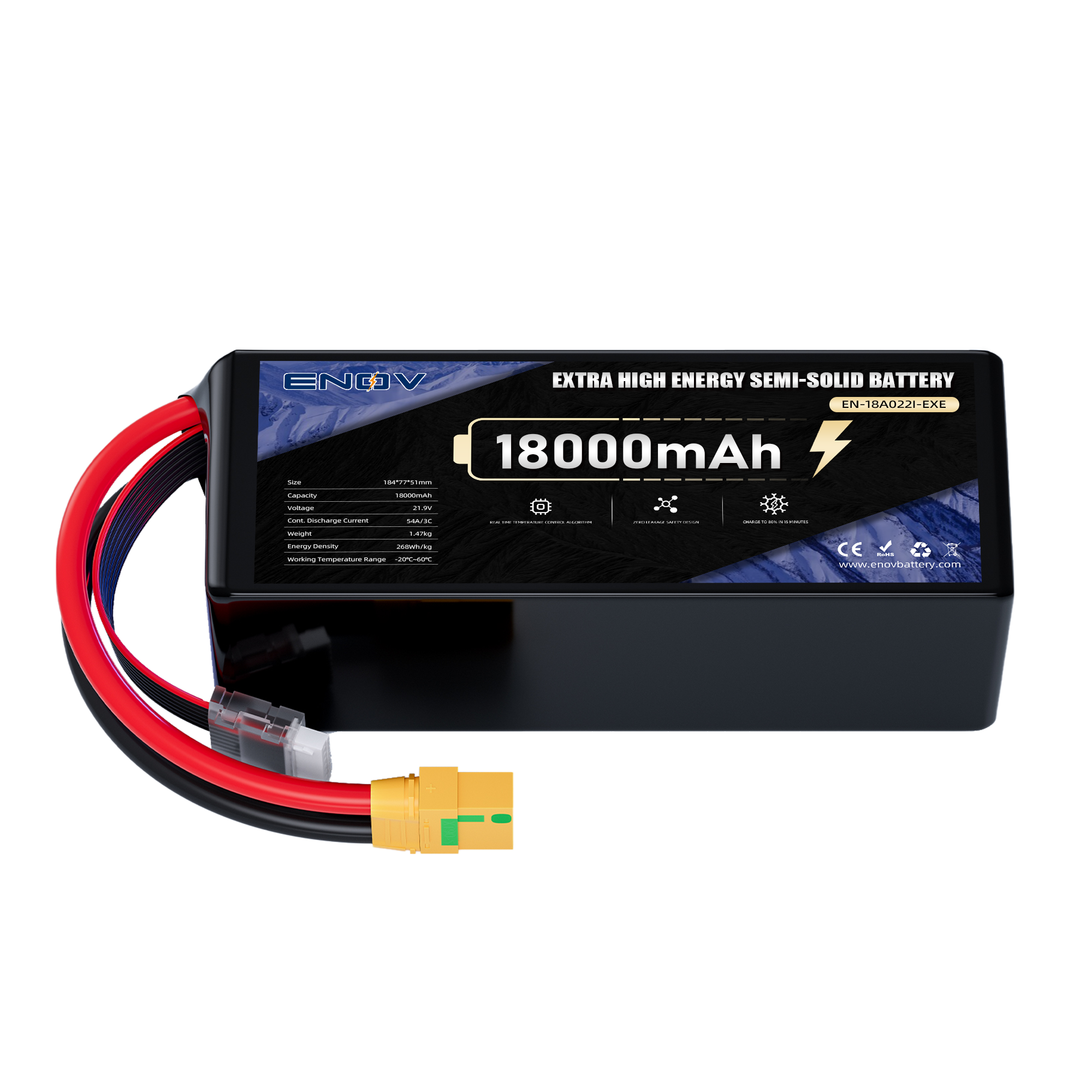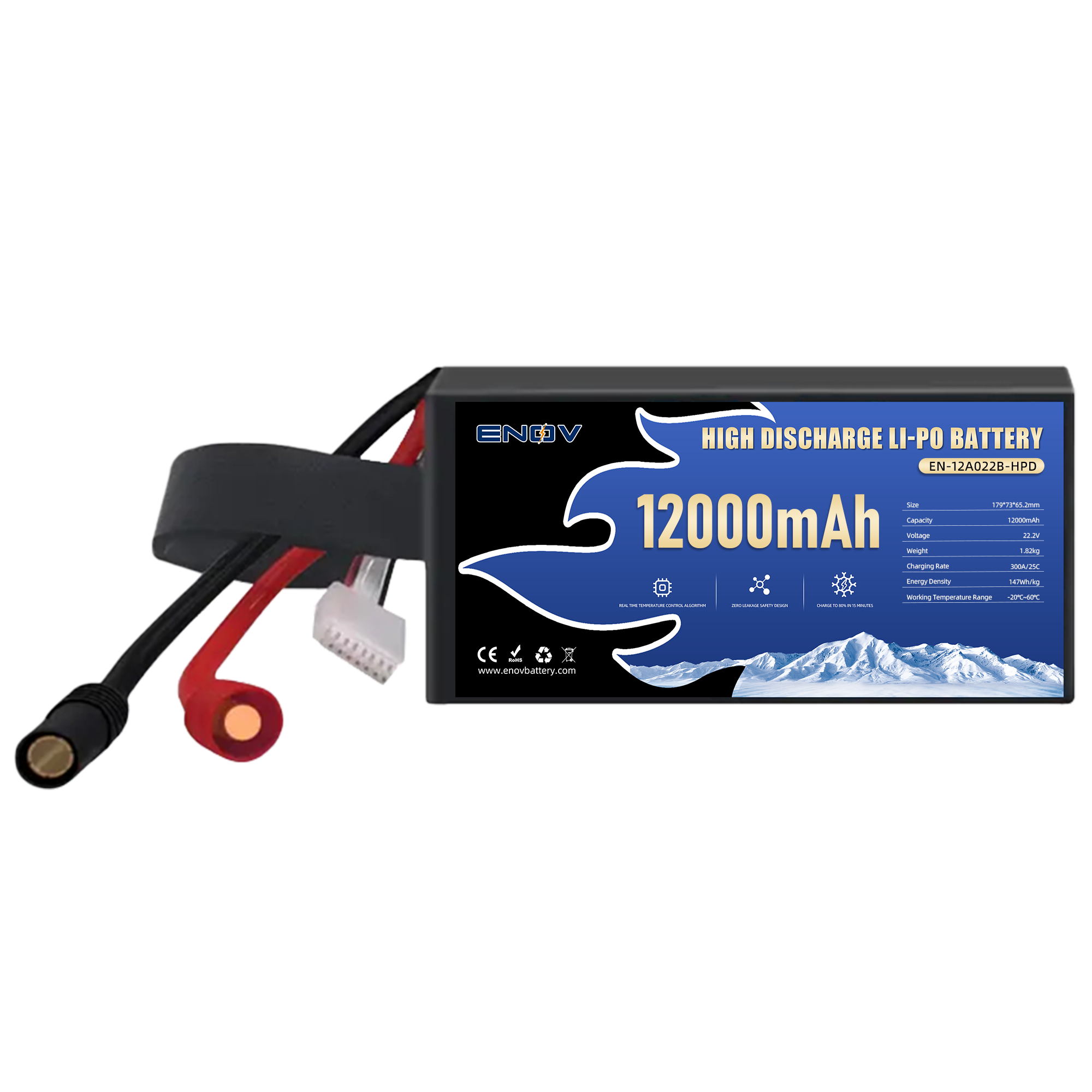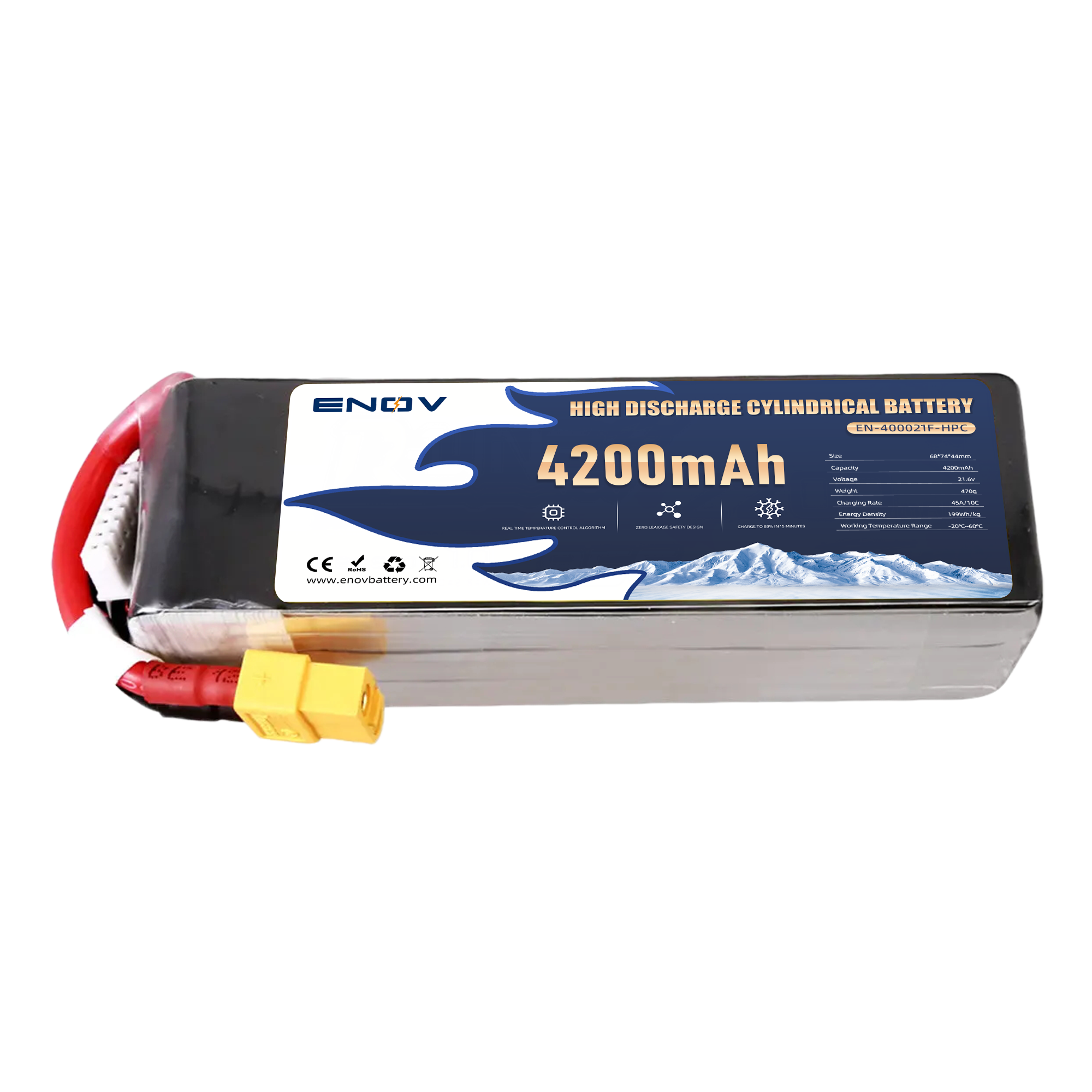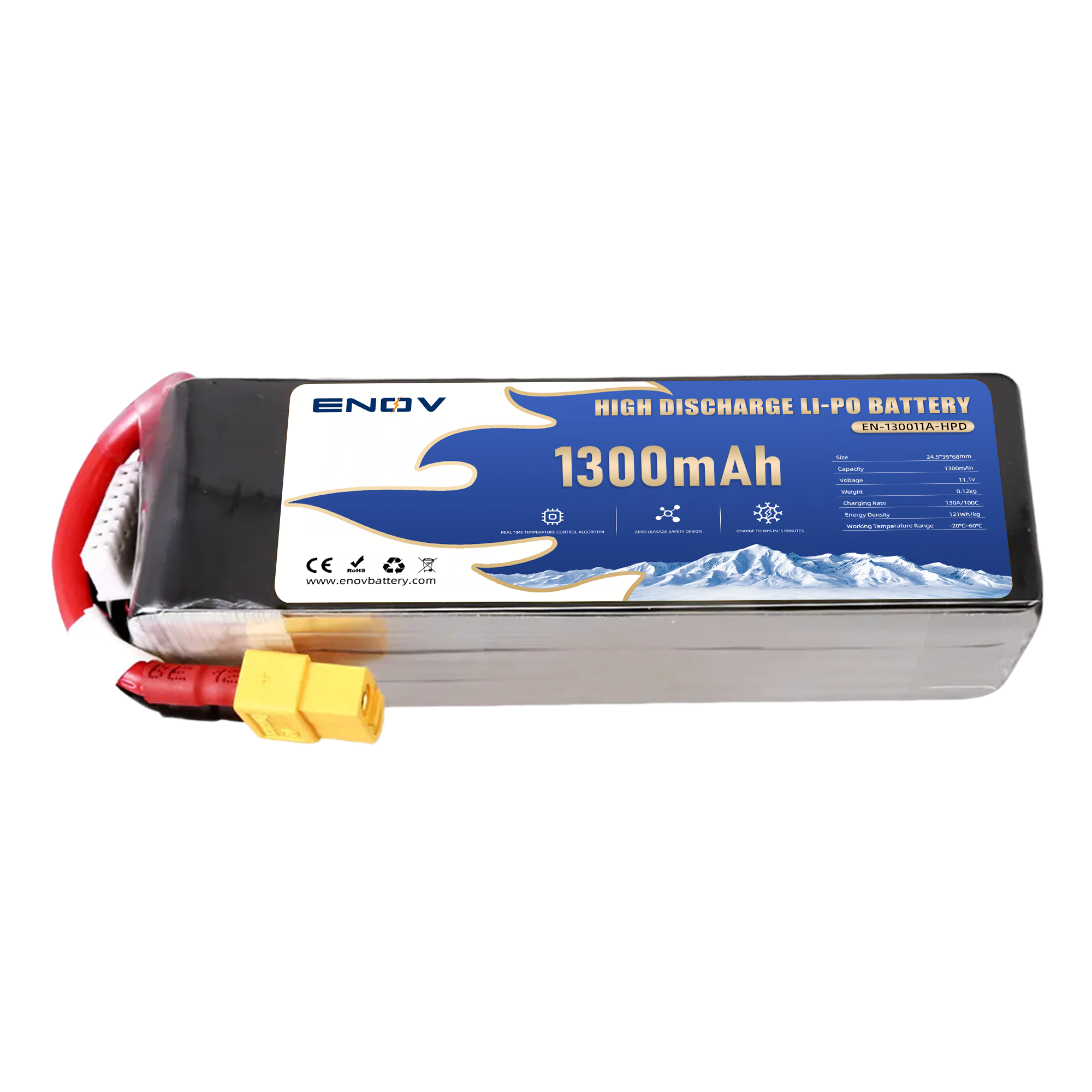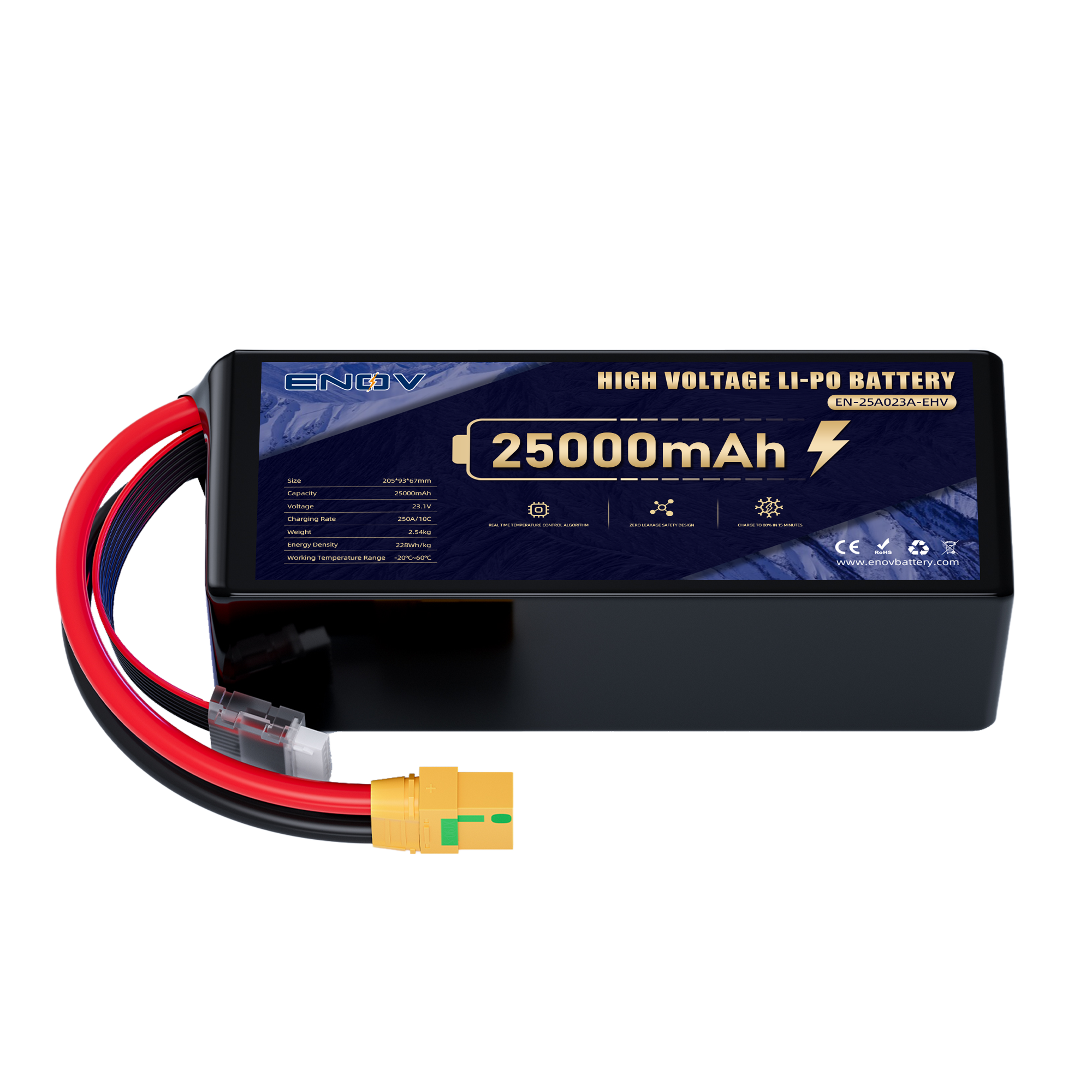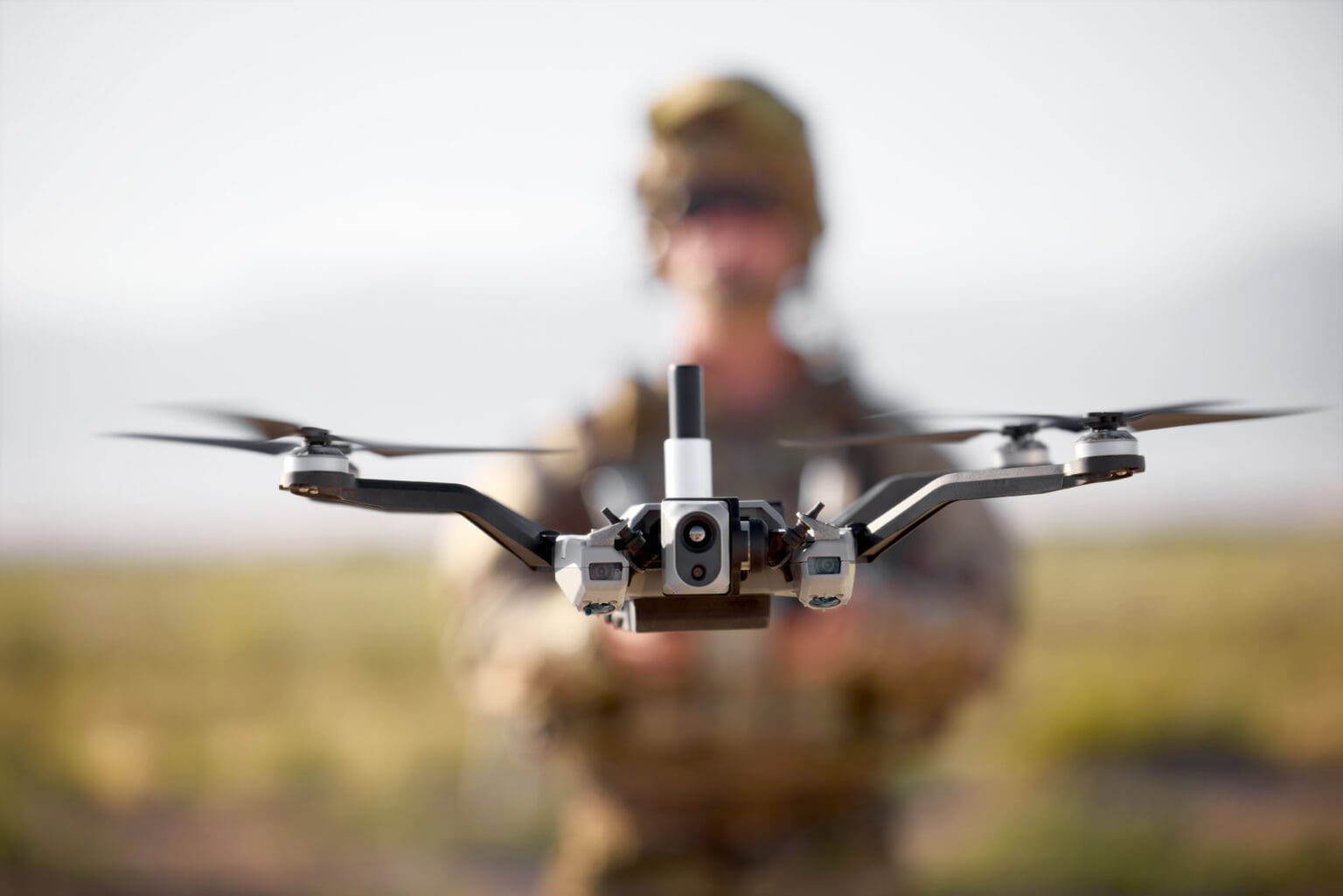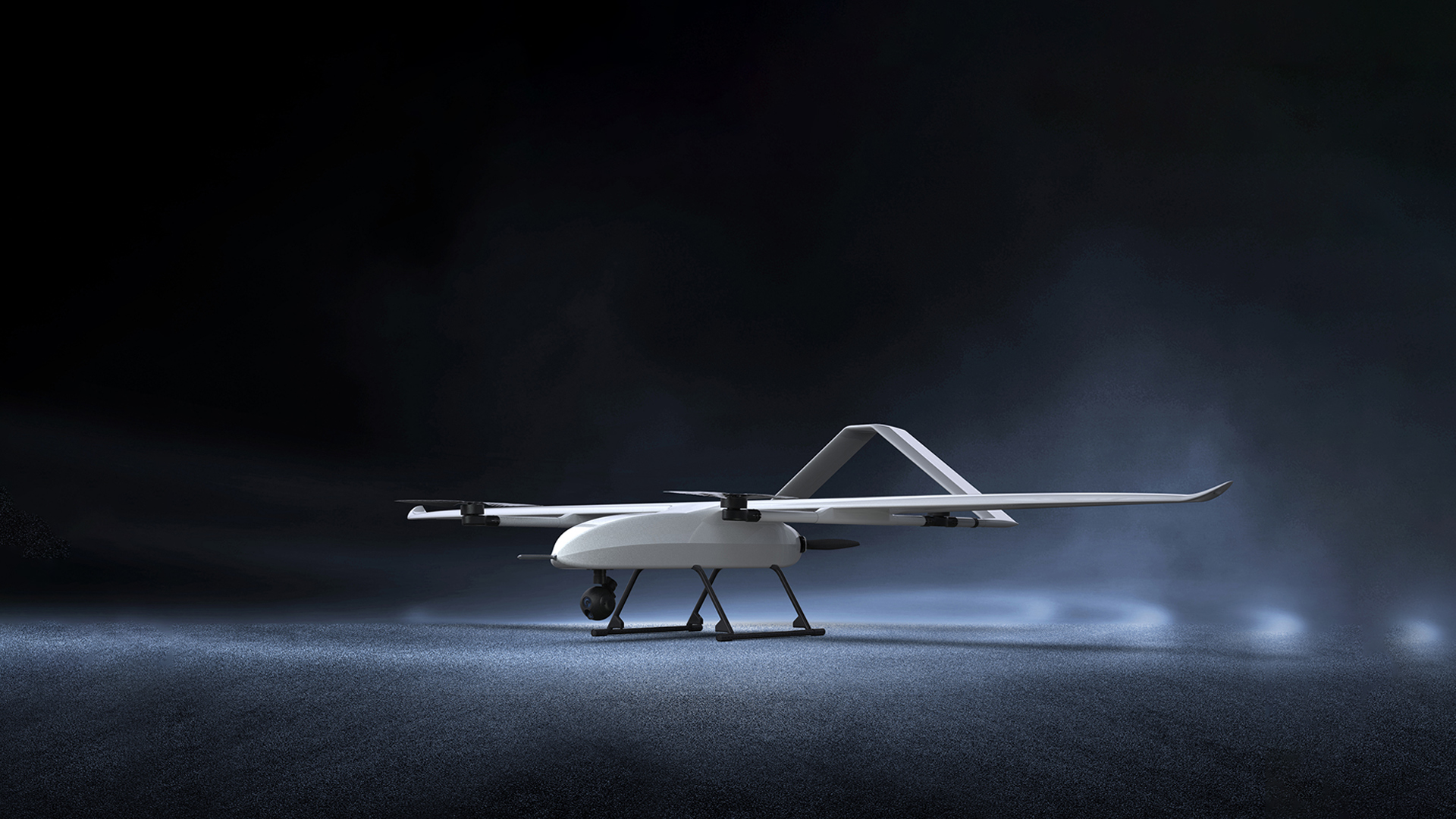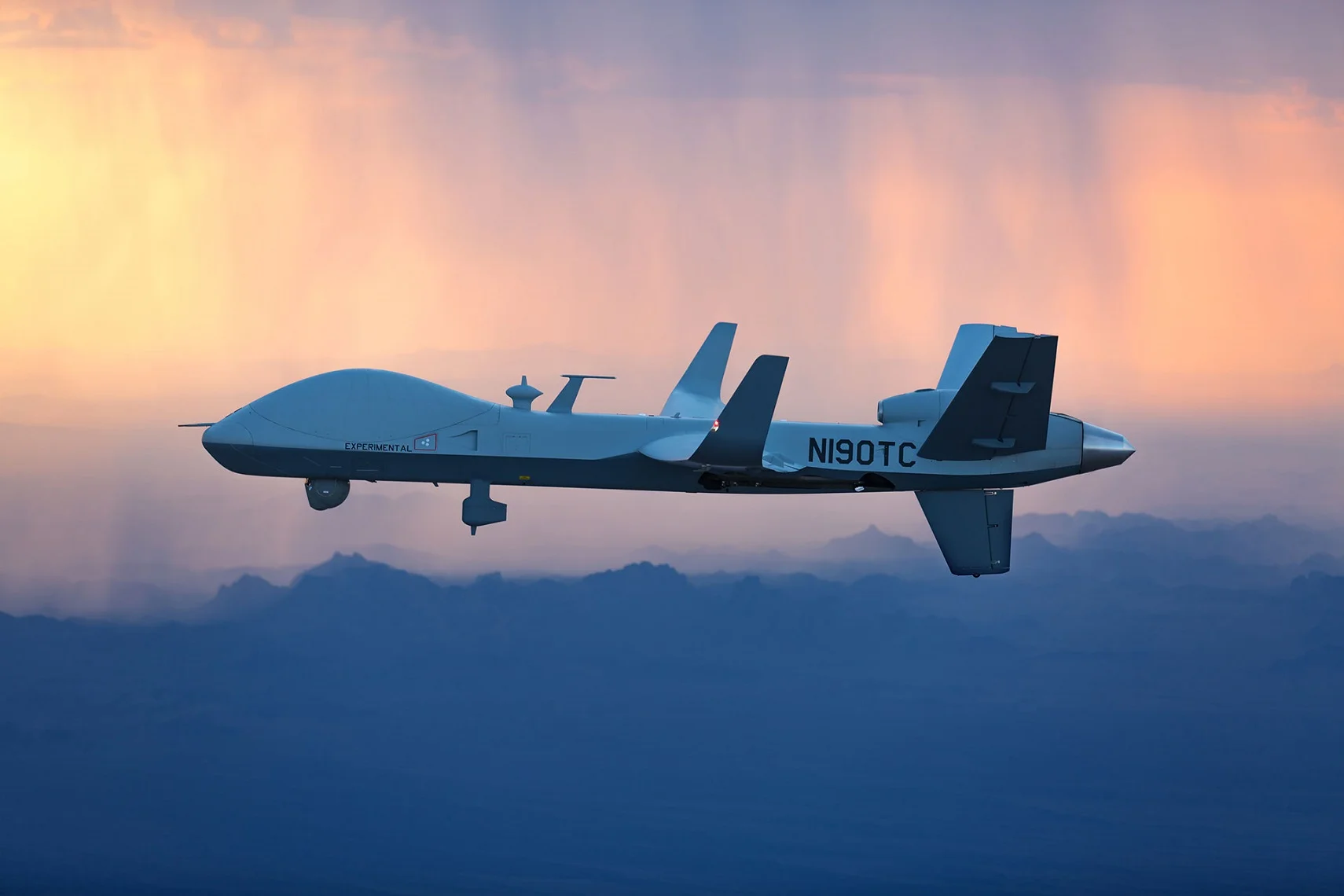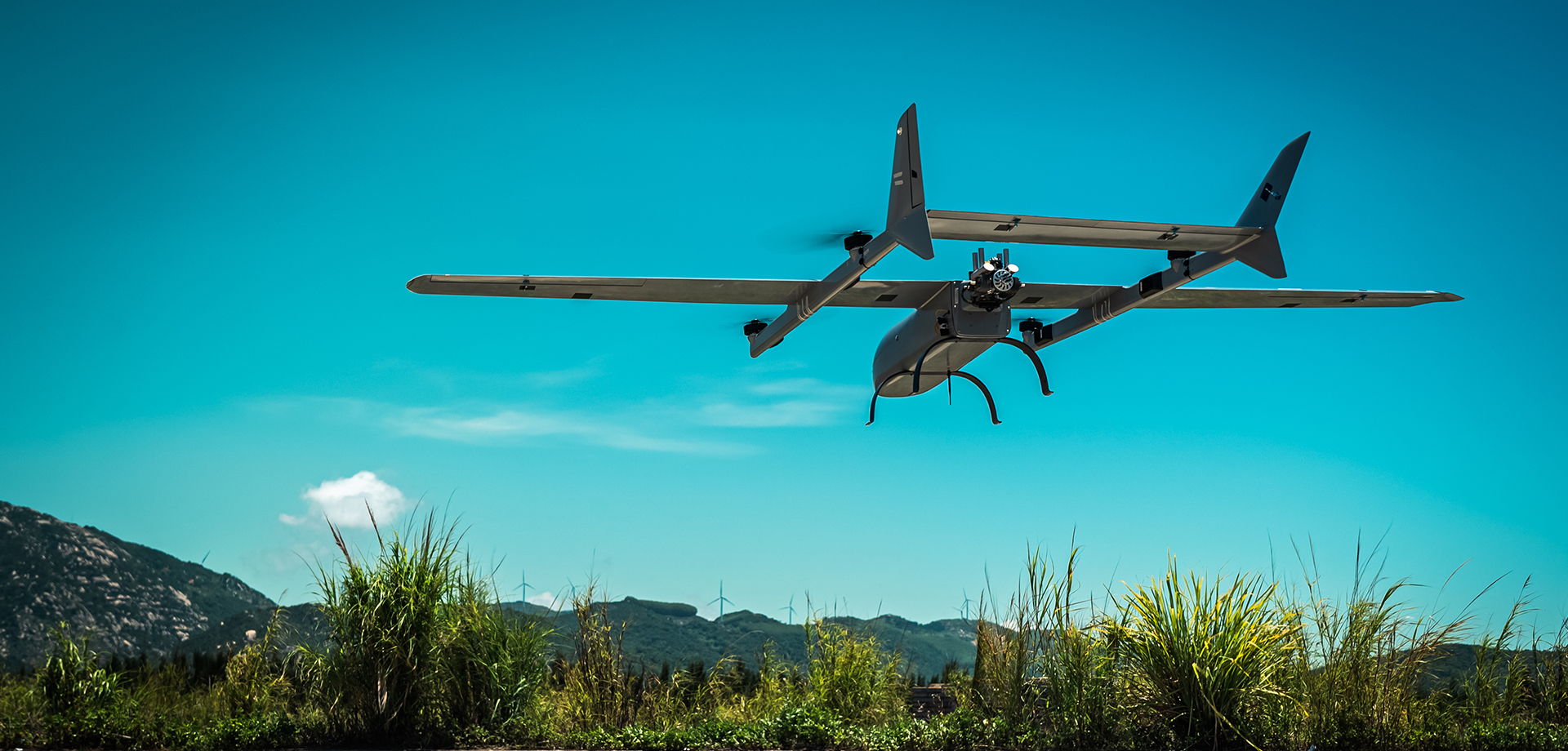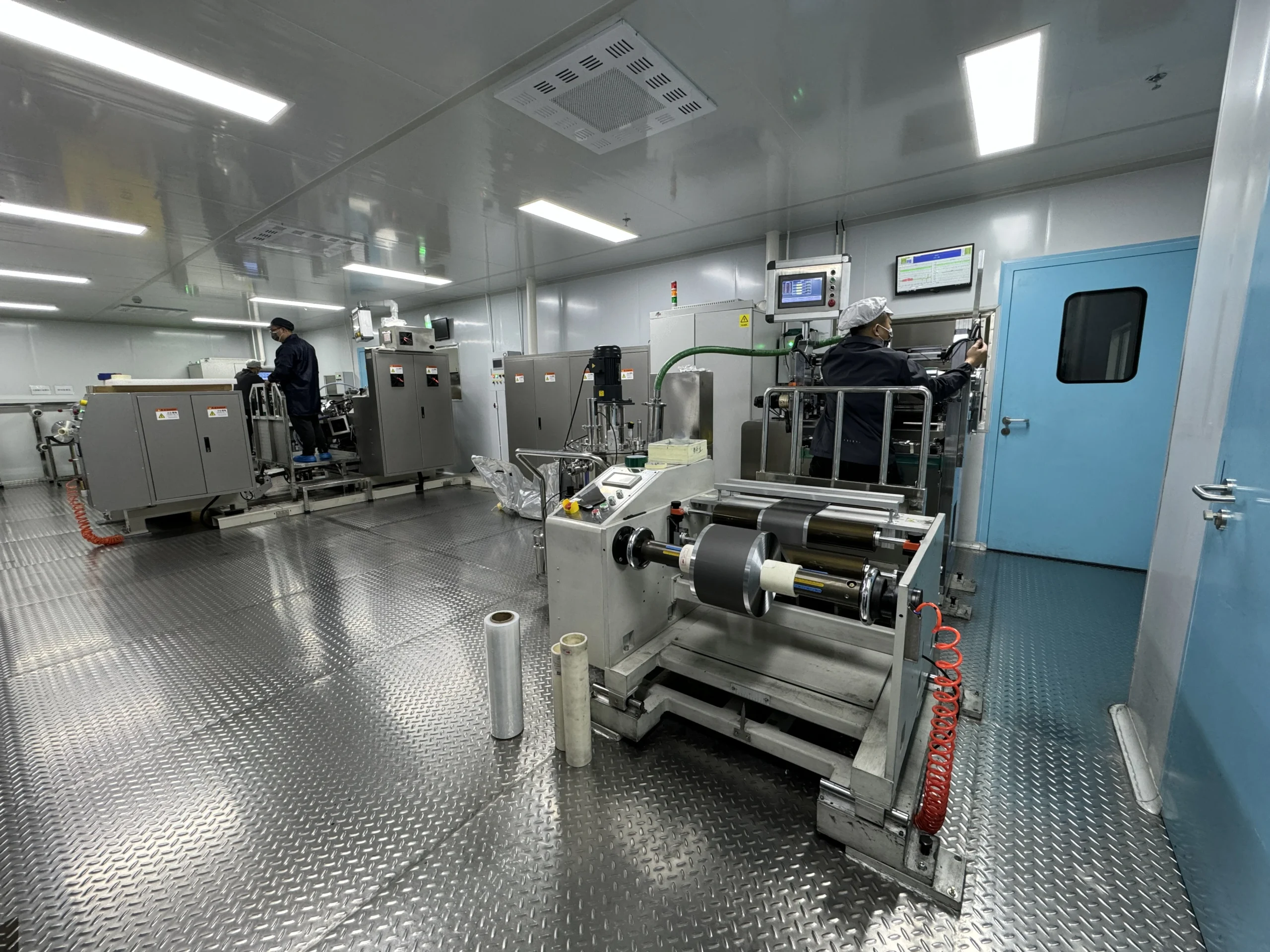Silicon-Carbon Anode Technology: How It Boosts Energy Density by 15%
For drone operators striving for extended flight durations and enhanced payload capacity, silicon-carbon (Si-C) anode technology has emerged as a groundbreaking advancement in next-gen high-energy-density batteries. By synergizing silicon’s exceptional capacity with carbon’s structural stability, this innovation elevates the energy density of lithium-ion batteries (e.g., NMC or LCO chemistries) by 15% or more, while maintaining safety and cycle life. The underlying science and engineering breakthroughs are redefining the performance limits of drone batteries.
main content
Material Science Breakthrough
Traditional graphite anodes have a theoretical specific capacity of 372 mAh/g, while silicon boasts a staggering 4,200 mAh/g—over 10 times higher. However, silicon’s 300% volume expansion during charge/discharge cycles historically caused electrode pulverization and active material loss. Silicon-carbon anodes overcome this by embedding nano-sized silicon particles (<150nm diameter) into a porous carbon matrix. This design limits expansion to under 5%, with the carbon framework absorbing mechanical stress and creating a 3D conductive network that triples lithium-ion diffusion rates and reduces internal resistance.
Engineering Innovations Tackle Challenges
To suppress side reactions between silicon and electrolytes, leading suppliers apply atomic layer deposition (ALD) to coat silicon particles with a 2-3nm aluminum oxide layer. This “core-shell” structure boosts first-cycle efficiency from 68% to 92%, minimizing lithium loss. Batteries can now endure 1,800 cycles at 2C fast-charging while retaining >80% capacity. Paired with elastic binders like polyimide (PI), electrodes maintain structural integrity across extreme temperatures (-30°C to 60°C), ensuring reliable power for Arctic research drones or desert inspection systems.
Real-World Impact on Energy Density
In the same footprint, silicon-carbon-enhanced NMC622 batteries achieve 280-300 Wh/kg, a 15% leap over conventional designs. For an industrial drone carrying a 10kg payload, this translates to flight time extending from 45 to 52 minutes—or a 1.2kg battery weight reduction to accommodate additional sensors. In 2023, a Nordic energy company reported a 22% increase in annual mission completion rates and an 18% drop in maintenance costs for its power line inspection fleet after adopting Si-C anode batteries.
Supply Chain and Certification Hurdles
Mass production of Si-C anodes demands precision manufacturing. Top-tier suppliers use plasma-enhanced chemical vapor deposition (PECVD) for atomic-level silicon-carbon integration, achieving batch consistency with <1.5% capacity deviation. Batteries also integrate UL 1642-certified high-temperature separators (e.g., aramid-coated) and flame-retardant fluorinated electrolytes, passing UN 38.3 nail penetration tests and raising thermal runaway thresholds from 170°C to 210°C.
Future Outlook
With advancements in pre-lithiation and dry electrode processing, silicon-carbon anode costs are projected to match graphite by 2025. For forward-thinking procurement teams, early adoption could secure a competitive edge in drone logistics, emergency response, and beyond. After all, at 300 meters altitude, every extra watt-hour could mean the difference between mission success and failure.
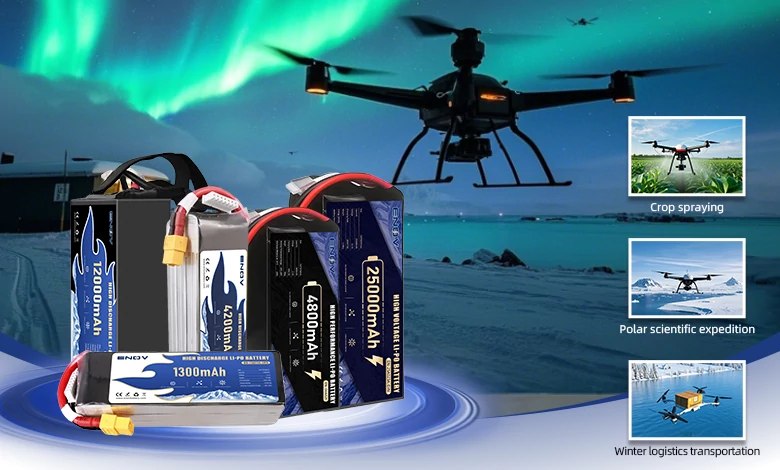
UAV DRONE battery
Enov UAV battery has the most advanced UAV battery new technology, it has a lightweight structural design, ultra-high energy density, stable continuous discharge, customized ultra-high instantaneous discharge, wide temperature working range, stable charge and discharge, battery materials can choose high nickel terpolymer positive/silicon carbon negative material system combined with semi-solid battery technology. Or choose a more mature application of more UAV lithium battery technology, available UAV battery nominal voltage 3.7V, capacity 18.0Ah ~ 30.0Ah, support 10C continuous discharge and 120C pulse discharge (3 seconds). With ultra-high energy density (220-300Wh/kg) as its core advantage, Enov UAV batteries can meet the needs of long-term endurance scenarios such as plant protection drones and transport drones, while maintaining stable emission performance in extremely low temperature environments (-40℃).
Other products
START-STOP LITHIUM BATTERY
LITHIUM ENERGY STORAGE BATTERY
QUICK INQUIRY
FAQ
Access to high frequency technical questions with one click, get accurate answers on product application, after-sales policy and customization process.
Service and Support
Get the latest product specifications, explore professional OEM/ODM customization services, click to open exclusive technical support and production solutions.
Become a Partner
We sincerely invite resources to interconnect, work together for win-win development, and immediately open a new chapter of strategic cooperation!
